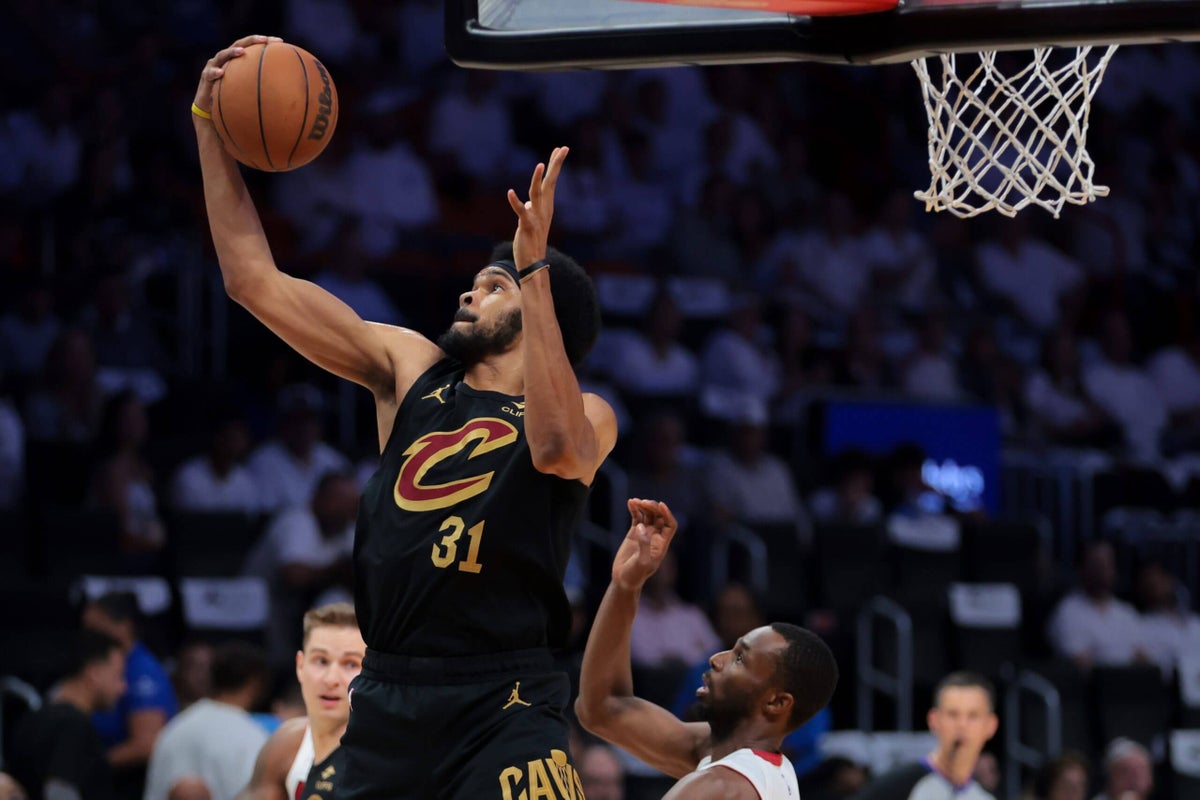

On Saturday, the Miami Heat experienced their worst-ever loss in the postseason, dropping Game 3 to the Cleveland Cavaliers 124-87. It only took two days to beat that record. The Heat lost 138-83 to the Cavaliers in Miami on Monday night, as Cleveland completed a 4-0 sweep to advance to the Eastern Conference semifinals.
Advertisement
Cleveland took hold of the game from the outset and never let go, leading Miami 72-31 at halftime. To further put that final score in perspective, the Cavaliers shot 54.7 percent from the field compared to the Heat’s 36 percent.
Miami played Monday’s game without Kevin Love, whose father, former NBA player Stan Love, died this week at 76.
The Cavaliers will play the winner of the series between Indiana and Milwaukee, which the Pacers lead 3-1.
Cavaliers 138, Heat 83
(Cavaliers win series 4-0)
Cleveland dominates without Darius Garland
At one point, this game was 70-25. Soooo, yeah, what would you really like to know?
Prior to the start of this series, Cavs coach Kenny Atkinson was adamant that Miami would be such a difficult first-round opponent that Cleveland would learn valuable lessons and emerge from this series a better team. Was the lesson that they’re a better team when Darius Garland is out? CALM DOWN. That’s a joke and untrue.
It is true, however, that Garland didn’t play Games 3 or 4 of this series with a sprain of his left big toe, and the Cavs won those two games by a combined 411 points (also a joke!). But the Cavs played brilliantly on offense in the first two games of this series, with Garland scoring 24.0 ppg, and we have to chalk up quite a bit of what happened here to the massive talent and chemistry advantages that Cleveland had.
But also, just thinking out loud, if the Pacers (assuming they advance past Milwaukee) successfully hunt Garland on defense next round, and assuming the Boston Celtics do it in the conference finals, the Cavs showed they have the depth and the fortitude to win with Garland playing fewer minutes. In Games 1 and 2, Atkinson played Donovan Mitchell more minutes than Garland, using lineups with Mitchell, Evan Mobley and a combination of reserves more than pairing Garland and Jarrett Allen with those same reserves.
Advertisement
Speaking of Allen, my goodness. He had 12 points, 11 boards and six steals … IN THE FIRST HALF. No player has done that in one half of a playoff game since at least 1998. He also tied the Cavs’ franchise record for steals in a playoff game with those six swipes in the first half.
Cleveland led by 39 at halftime for their second-largest halftime lead in a playoff game, and was ahead by 48 after three quarters, even though Atkinson started pulling starters midway through the third. Late in the fourth quarter, the Cavs were briefly ahead by 60, which would have been an NBA record for victory margin in a playoff game had it held.
I could continue, but … 70-25, bruh. Let’s move on to the second round. — Joe Vardon, senior writer
Miami’s offense falters
The Heat made an impressive run late in the season to reach the playoffs, but this was a shocking finish. Miami followed up its biggest playoff loss ever with an even bigger one, dominated by the East’s top seed from the opening tip. Tyler Herro had four points on 1-for-10 shooting, the worst game of his career, and Miami’s offense looked completely broken. After returning from Cleveland, it looked like Miami had figured things out on offense and had a chance to get back in this series. The Cavs’ defense stifled them in Game 3 and then completely erased them from this series in Game 4.
There was just no competing with Cleveland’s length on defense, which took away just about every passing outlet the Heat tried to create. It was rare to see Miami even swing the ball around the arc in this series, as there was often confusion about their spacing and passes were off target. There was just an unusual number of fumbled catches on kick-out passes, taking away the advantage Miami could create with its ball movement. It was hard to believe this was an Erik Spoelstra-led team, considering how poor the execution was.
Advertisement
But the Heat had a major talent deficit in this series and simply did not have the ballhandlers or shooting necessary to hang in there with the league’s best offense. Bam Adebayo couldn’t get into the handoff actions that have been his specialty over the past few seasons. Tyler Herro couldn’t get much room to operate, and the Heat’s spacing around him made it hard to find any open shooters.
Davion Mitchell was the bright spot in this series, showing he can run point and get to the paint when nobody else can, but the Cavs were willing to let him attack if it meant keeping Miami off the 3-point line. With Andrew Wiggins clearly limited by lower body injuries, Nikola Jović struggling to shoot returning from a hand injury and rookie center Kel’el Ware simply not ready to compete at this high level, Miami just couldn’t come close in the end. — Jared Weiss, staff writer
What’s next for the Heat
Any energy the Heat used to inspire their late-season postseason push was completely drained by the end of Game 4. Although the Cavaliers rightly entered this series as the favorite, the Heat had a promising enough showing in Game 2 to believe returning to Miami could help breathe life into their efforts.
That decidedly did not happen in this series’ final two matchups, as evidenced by the Heat becoming the first team in NBA history to lose consecutive home playoff games by at least 35 points. The 2017 Celtics are the only other team to do so while losing by at least 30 points.
Scattered boos became commonplace throughout Game 4, largely because the Heat didn’t begin the contest with any competitive energy. A stolen tip-off and score by Mitchell and Allen set the tone for a morbid end to the season.
The Heat will begin their offseason assessing who to keep and what to do to begin overhauling the roster after Jimmy Butler’s February departure via trade shifted Miami’s direction midseason. Defense is often the catalyst behind anything the Heat do, but upgrades on offense must be a high priority for a team that has finished with a top-10 offense only once in the last 11 seasons (seventh in 2019-20). — James Jackson, staff writer
(Photo: Sam Navarro / Imagn Images)
This news was originally published on this post .





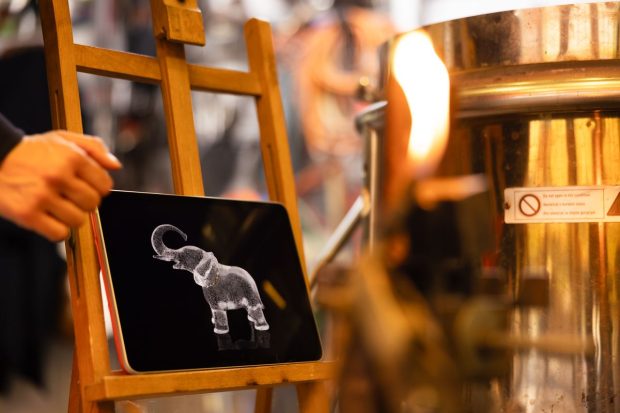

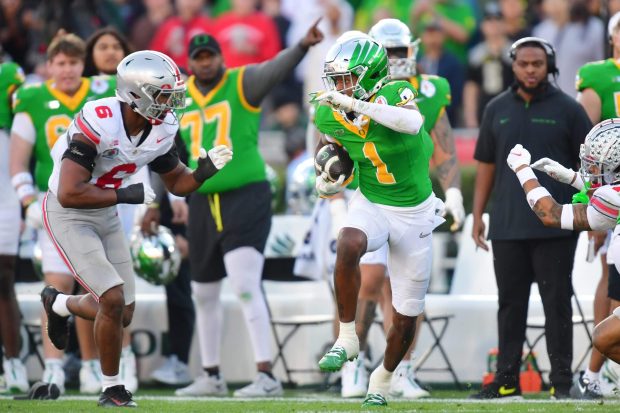
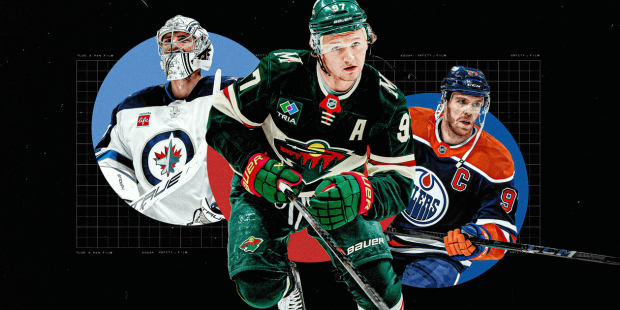
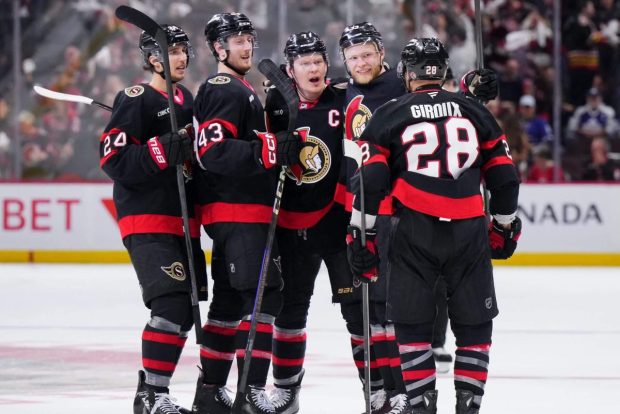

Be the first to leave a comment